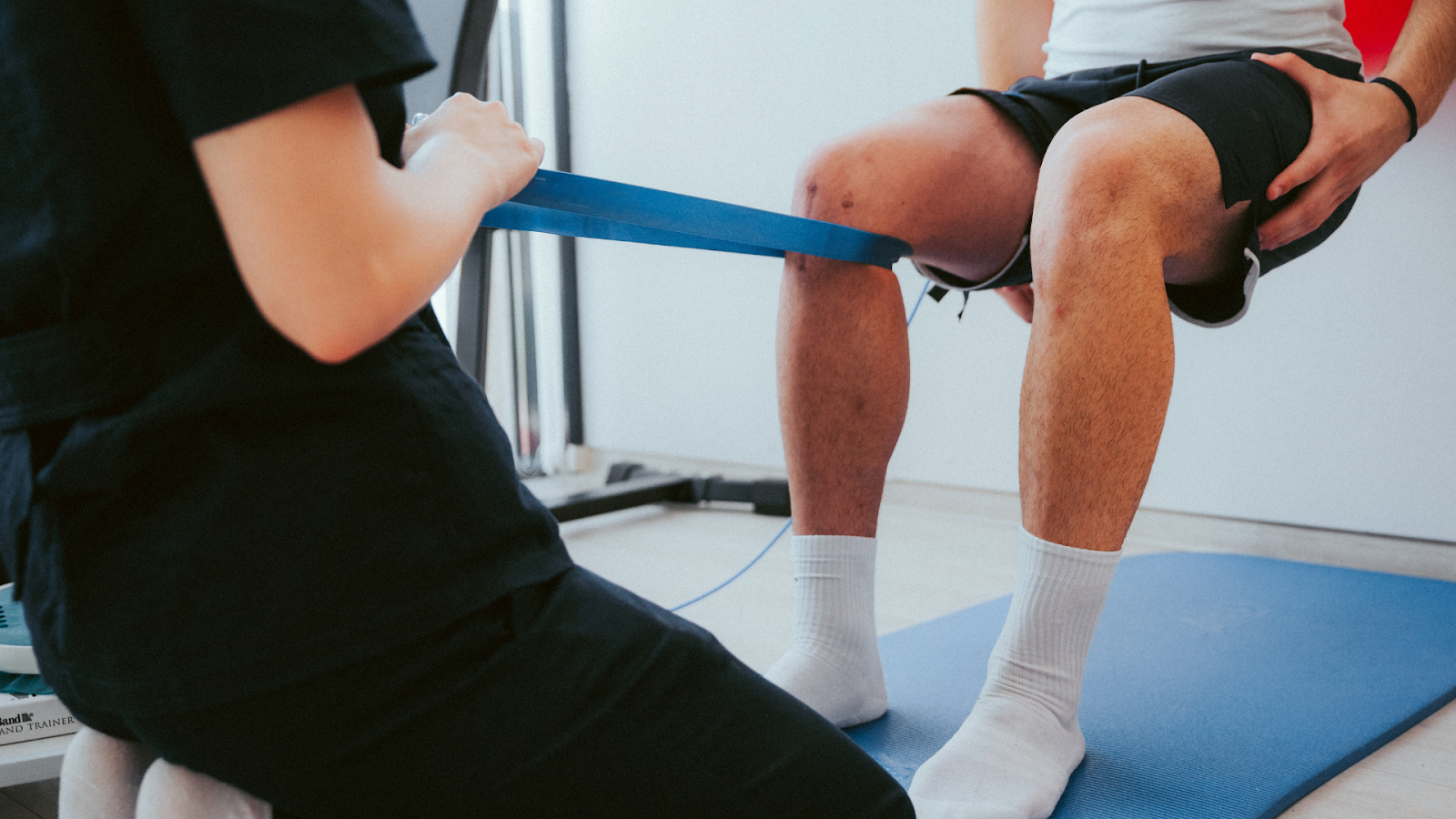Do I Have a Stress Fracture? Signs, Causes & Treatment Options in Singapore
You’ve trained hard for months — waking early for long runs, squeezing in gym sessions after work, skipping that second bubble tea. But lately, there’s this nagging pain. At first, it felt like muscle soreness… but now? It’s sharper. Persistent. You start wondering: “Is this just overtraining — or something more serious?”
If this feels familiar, you’re not alone. At Physio & Sole Clinic, we often meet runners, HIIT regulars, spin junkies, and weekend warriors just like you — driven, disciplined, and suddenly sidelined by a tiny but powerful culprit: the stress fracture.
Let’s break it down (pun intended) — what exactly is a stress fracture, and how can you tell it apart from common issues like shin splints or general muscle soreness? More importantly, how can you recover without losing momentum in your active lifestyle?
What is a Stress Fracture?

A stress fracture is a small crack in a bone caused by repetitive force — often from overuse. It’s common among runners, dancers, gym-goers, and anyone with a physically active lifestyle.
Unlike sudden injuries, stress fractures build over time. Think of them as your bones crying out from repeated strain without enough rest.
What Does a Stress Fracture Feel Like?

Many Singaporeans mistake stress fractures for typical post-exercise soreness. But here’s how to tell the difference:
- A sharp or dull aching pain that worsens with activity
- Pain that improves with rest but returns when you resume movement
- Tenderness when pressing on a specific spot
- Mild swelling near the pain site
- Pain that starts off intermittent but becomes constant over time
Shin Splints or Stress Fracture: What’s the Difference?
It’s easy to confuse the two. Here’s a simple comparison:

What’s actually happening?
- Shin splints involve inflammation of the muscles, tendons, and bone tissue around the shinbone (tibia).
- Stress fractures are small cracks in the bone itself, caused by repetitive force or overuse.
| Shin Splints | Stress Fracture | |
| Pain Location | Along the shinbone | One specific point along the bone |
| Pain Trigger | Begins with activity, eases with rest | Starts mildly, worsens with continued use |
| Tenderness | More diffuse | Very localised spot |
| Severity | Mild to moderate | Can worsen without treatment |
Still unsure? A visit to a podiatrist or physiotherapist can help you get an accurate diagnosis and the right treatment plan.
What Causes Stress Fractures?

Stress fractures are caused by repetitive stress on the bone without enough recovery time. Common culprits include:
- Sudden increase in training volume/intensity
- Improper footwear (especially worn-out or unsupportive shoes)
- Poor biomechanics or alignment (flat feet or high arches)
- Low bone density (common in women or those with nutritional deficiencies)
- Inadequate recovery time between workouts
How Long Does a Stress Fracture Take to Heal?
- Typically, 6 to 8 weeks of rest and gradual rehabilitation.
- Severe cases may take 3 months or longer.
- Healing depends on early diagnosis, strict offloading, and guided return to activity.
Ignoring symptoms or returning to exercise too early can delay recovery and lead to complete fractures.
Can I Keep Walking with a Stress Fracture?

Short answer: No — not if it causes pain.
Continuing weight-bearing activities slows healing and increases the risk of further damage. Even walking can aggravate the fracture if not properly managed.
Do Stress Fractures Hurt at Rest?

In early stages — not always.
But if the condition worsens, you may feel:
- Persistent throbbing at night
- Pain even when seated or lying down
- Increased tenderness to touch
Should You Massage a Stress Fracture?

No. Massage might feel relieving short-term, but it won’t heal the bone and can disrupt recovery. Instead, focus on:
- Offloading
- Ice therapy
- Physiotherapy-guided rehab
What Happens If You Ignore a Stress Fracture?

Unfortunately, it doesn’t just go away.
Without treatment, stress fractures can lead to:
- Full bone fractures
- Chronic pain
- Long-term mobility issues
- Permanent structural changes in your gait
How is a Stress Fracture Diagnosed?

At Physio & Sole Clinic, our physiotherapists and podiatrists use a combination of:
- Physical assessments
- Gait and loading analysis
- Imaging referrals (X-ray, MRI if needed)
This ensures accurate diagnosis and targeted treatment.
How to Treat a Stress Fracture in Singapore
Your treatment plan may include:
- Activity modification
- Cutting back on weight-bearing exercises while maintaining fitness (e.g. pool workouts or upper body strength training).
- Cutting back on weight-bearing exercises while maintaining fitness (e.g. pool workouts or upper body strength training).
- Offloading
- Use of supportive footwear, insoles, or walking boots to reduce stress on the affected bone.
- Use of supportive footwear, insoles, or walking boots to reduce stress on the affected bone.
- Physiotherapy
- To maintain muscle strength, correct movement patterns, and guide a safe return to sport.
- To maintain muscle strength, correct movement patterns, and guide a safe return to sport.
- Podiatry support
- Custom orthotics or footwear advice to address biomechanical issues and prevent recurrence.
- Custom orthotics or footwear advice to address biomechanical issues and prevent recurrence.
- Nutrition guidance
- Supporting bone recovery with calcium, vitamin D, and a nutrient-rich diet.
When Should I See a Physiotherapist or Podiatrist?

Don’t wait until it’s unbearable.
Seek help if you:
- Experience persistent or localised pain
- Can’t walk or run without discomfort
- Notice swelling or bruising
- Feel tenderness that doesn’t go away with rest
Prevention Tips for Active Adults

- Progress your training gradually
- Invest in proper footwear (and replace worn-out shoes)
- Add strength training to your routine
- Listen to your body — fatigue is a warning sign
- Prioritise recovery: hydration, nutrition, sleep, and rest days
Final Thoughts: Don’t Push Through the Pain

That dull ache in your foot or shin isn’t just part of the hustle — it could be a stress fracture in the making.
The good news? With early intervention and the right care, you can bounce back stronger.
At Physio & Sole Clinic, our team of physiotherapists and podiatrists is here to support every step of your recovery — so you can get back to doing what you love, pain-free.
Ready to find out what’s really going on? Book an appointment at one of our 11 clinics across Singapore today.






